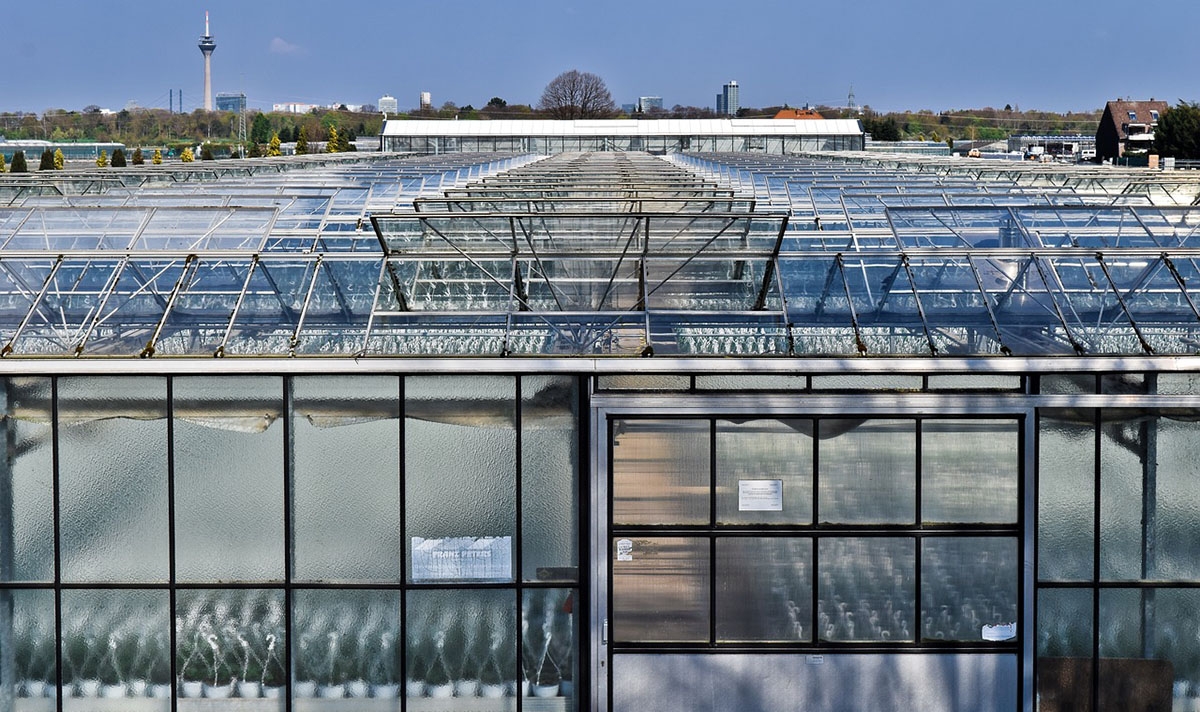
Choosing the best style of greenhouse
Without prior knowledge, choosing the best type of greenhouse can be challenging. So what should you do then? The most effective option is to consult an expert in greenhouse construction. The consultant can inspect your site, provide you with all the essential information you need, and recommend the type of greenhouse suitable for the area, the type of plants you intend to grow, your budget, and the size of your property.
Proper planning is vital to your commercial greenhouse operations. Choosing the most efficient among the different greenhouse structures is one of the first steps. Other factors include budget, site selection, site orientation, and the size of the property.
Different styles of greenhouses
Greenhouses come in a range of sizes and shapes, and they fit the location and the crops you will plant and grow. If you are starting and have a limited budget, free-standing greenhouses are suitable.
- For entrepreneurs with a smaller budget
A free-standing greenhouse structure can have a gable roof or hoop/Gothic/Quonset shape. This is because it is less expensive and easier to put up.
Hoop greenhouse design is available in widths ranging from 12 feet to 34 feet. The ones with wider widths typically have a truss or collar tie to provide better support for the roof load. On the other hand, gable design can go wider, up to nearly 60 feet. Consider that the wider the span of the greenhouse, the greater mobility you will have. Likewise, you can maximize the use of space, especially if the site is level.
Hoop designs are usually available with hoop spacing or about four to five feet. The spacing between frames of a gable style greenhouse is about eight to ten feet. Additionally, gable greenhouses can have multiple frame spacing, depending on the weight of the glazing, such as glass, acrylic, or polycarbonate. But if the greenhouse cover is a polyethylene film, consider greenhouses 48, 96, or 144 feet long. These lengths correspond to the standard measurements of the plastic sheets, so you do not have to cut the sheets unnecessarily.
- For entrepreneurs with a bigger budget
Gutter-connected greenhouses are recommended if you have a bigger budget. This style consists of a series of gothic or gable arches that are connected at the gutter level. Post lines support the gutter, while drains are installed inside the move the water away from the plants. Gutter-connected greenhouses are suitable for properties that are more than 20,000 square feet.
They give you a more growing area compared to free-standing houses. The width of the individual bays ranges from 12, 24, 30, and 36 feet. Trusses are needed for the broader houses to carry the intermediate gutters, besides supporting other features, such as supplemental lighting, electrical and heating system pipes, hanging baskets, and shade/energy screens.
The length varies, but it is better to keep it at the recommended size to maximize greenhouse ventilation.
Other advantages of gutter-connected greenhouses include easier installation of utilities and less expensive maintenance. Heating and cooling are more efficient while the energy consumption is lower. Additionally, your staff will work more efficiently, and you can achieve greater plant density, as there are more growing spaces.
Remember that it is easy to expand when using any of these styles, and you do not have to disturb your plant production. However, your expansion plans should already be in your master plan, so you can maximize the initial construction without wasting space.
Image: Hands off my tags! Michael Gaida, Pixabay









